The Later Stone Age of South Africa : Hunter-gatherers' way of life - Rock Art and Human Morphology
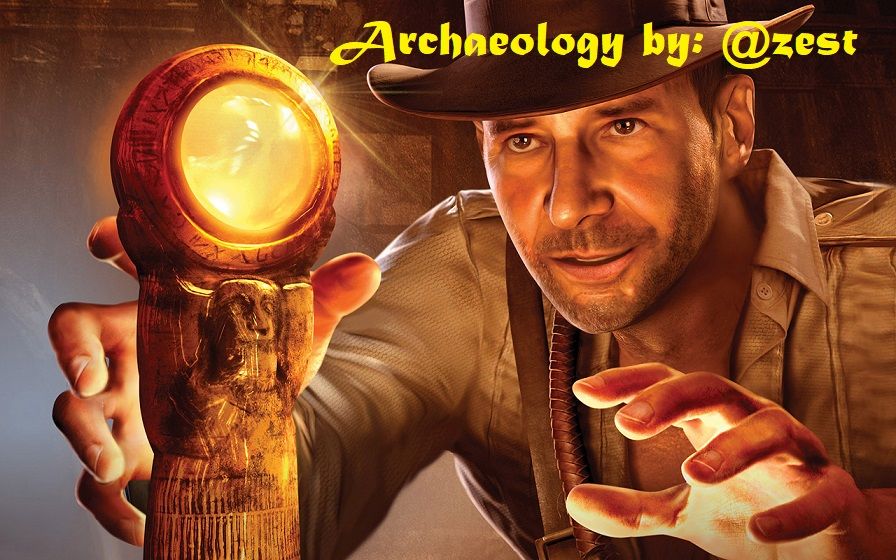
Dear Reader
In this following series of posts we are covering the Later Stone Age of South Africa, I highly encourage you to please read the Introduction, Historical Background, Advances in Later Stone Age, Climatic conditions of the LSA in South Africa, Elements characteristic of the Later Stone Age, The Later Stone Age sequence, Early Later Stone Age: Robberg assemblages, Robberg Subsistence Economy, The Oakhurst, including Albany and Lockshoek non-microlithic assemblages, Wilton assemblages, Hunter-gatherers' way of life:Introduction, Hunter-gatherers' way of life - Ethnographical Evidence and Hunter-gatherers' way of life - Archaeological Evidence posts to this series to bring you update to date with the information and terminology we have covered so far.
Hunter-gatherers' way of life - Rock Art and Human Morphology
Rock Art
Rock paintings and engravings are an important part of our archaeological record. Research into rock art over the last few decades has contributed significantly to our understanding of LSA social relations. The LSA people, which include the San hunter-gatherers and Khoekhoe pastoralists, were responsible for most of South Africa's prehistoric rock art. The so-called "late whites" as well as pecked engravings of settlement plans, were done by Bantu-speaking agro-pastoralists. It is difficult to determine the relation between prehistoric engravings and paintings and the various industrial complexes of the LSA, since only a limited amount of stratigraphic data is available.
The main distribution areas of rock paintings and engravings do not generally overlap. The paintings are mianly in areas with a relatively high rainfall and are done on the rock faces of caves and rock shelters, whereas the engravings are located predominately in those parts of the South African interior with a lower rainfall, where there are few shelters with suitable surfaces for rock art, but abundant dolerite outcrops in the open. An interesting aspect of all South African rock art is that it was not executed in deep, dark caves as is the case in Europe. This meant that the art and rituals associated with the art were accessible to all group members.
Both rock paintings and engravings were still being done during the 19th century and many of the surviving paintings are probably only a few hundred years old. Painted stones found in deposits and assocaited with burials date to the early and middle Holocene. Many of the fine-line paintings in the western Cape predate 2000 Before Present (BP). Fine-line engravings in the northern Cape were produced throughout the Holocene and pecked and scraped engravings within the last 2700 years. The date of 26 000 years BP for painted stones in association with MSA artefacts from the Apollo XI cave in the Huns mountains of Namibia points to a greater time depth for our South African rock art than has hitherto been accepted. The above-mentioned date was obtained from charcoal found in association with the painted slabs in the cave deposit.
It is now generally accepted that the meaning of the abundant rock paintings and engravings is, to a large extent, symbolic and cannot be interpreted without a thorough understanding of the culture of the San and the central role of shamanism in this culture. Rock art represents the expression of beliefs and values held by the San and the rituals fundamental to the San's way of life. Apart from their significance as works of art, rock paintings and engravings have a cultural-historical value because they inform us about LSA ritual and social behaviour, something that is rarely evident from archaeological deposits. The extensive ethnography of the /Xam San of the northern Cape as recorded by linguist Wilhelm Bleek and his sister-in-law and assistant, Lucy Lloyd, and then, some time later, his daughter Dorothea Bleek, the accounts of the beliefs of San in the Lesotho highlands by Orpen, early travellers and missionaries, information from southern San descendants in the eastern Cape and substantial recent fieldwork in the Kalahari all form the basis of current rock art research.
Criteria Used To Recognise Aggregation and Dispersal Sites
| Evidence | Aggregation phase site | Dispersal phase site |
|---|---|---|
| Stone artefacts | - Many formal and standardised tools | - Expediently manufactured tools |
| - Curated MSA tools (used by medicine | - Few formal tools | |
| men in rituals) | ||
| Lithic raw materials | - May include relatively high numbers | - Premodinantly local materials |
| of exotic materials/impots | ||
| Spatial patterning | - Formal gender-associated division | - Absent |
| of space | ||
| Hxaro objects | Manufacturing of debris: | - Present at some sites in small |
| - Ostrich eggshell beads | numbers, rare or absent. | |
| - Bone points and other bone tools | ||
| used in hunting and skin working | ||
| - Grooved stones used in the | ||
| manufacture of beads and bone tools | ||
| - Finished examples of the above | ||
| Ritual activity | - Portable art objects | - Rare or absent |
| - Rock art | ||
| - Decorated bonework | ||
| - Ostrich eggshell objects | ||
| - Shamanistic paraphernalia (eg | ||
| quartz crystals, curated MSA tools) | ||
| - Pigments such as ochre and specular | ||
| haematite | ||
| Subsistence | - Fauna includes a wide range of | - Focus on snaring small |
| game-from large to medium and small | antelope and taking ground | |
| hunted and snared animals. | game. | |
| - Little evidence for bow-and- | ||
| arrow hunting | ||
| Seasonality | - Variable, but different from | - Variable, but different from |
| dispersal phase sites. | aggregation phase sites |
Human morphology
Human specimens originating from the MSA occupational deposits at Klasies River Mouth and Border Cave are, as we have already discussed, anatomically modern. Anatomically modern humans have inhabited South Africa since at least 100 000 years BP. At this stage it is sufficient to say that all LSA people were Homo sapiens sapiens.
When scientific observers working in the field of physical anthropology began to apply more efficient methods most of the known San and Khoekheon populations had already vanished. Furthermore, historical references are for the greater part not sufficiently precise to allow reliable identifications to be made about group and locality.
Human skeletal remains have been found at various places in South Africa, but in most cases the cultural and stratigraphic position or provenience is uncertain or they are isolated finds, the ages of which are uncertain. Attempts were made to examine ethically identified Khoekhoe and San specimens of human skeletons, and it was concluded that, in most cases, any attempt to label the specimens as one or the other of these categories would be misleading. (Morris 1987:12-22; Habgood 1989:17-23).
Images are linked to their sources in their description and references are stated within the text.
Thank you for reading
Thank you @foundation for this amazing SteemSTEM gif

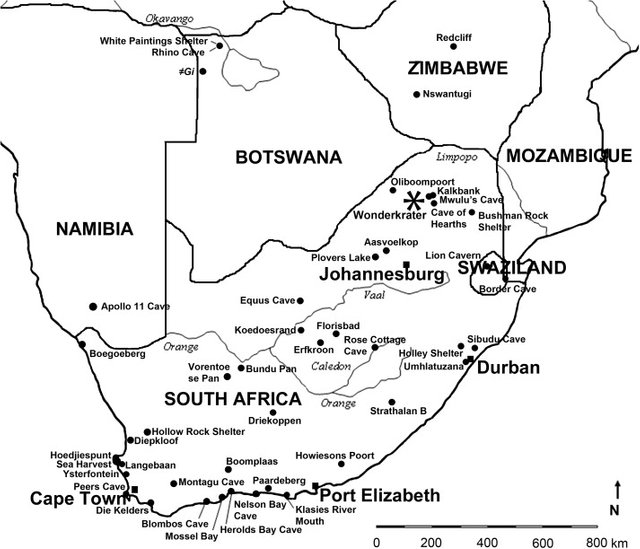
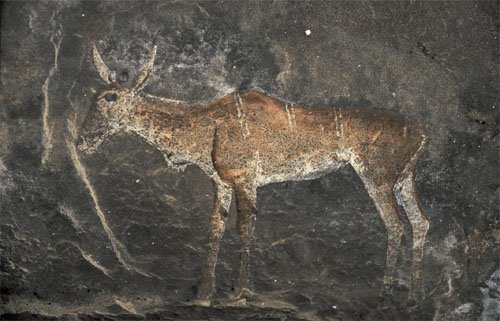
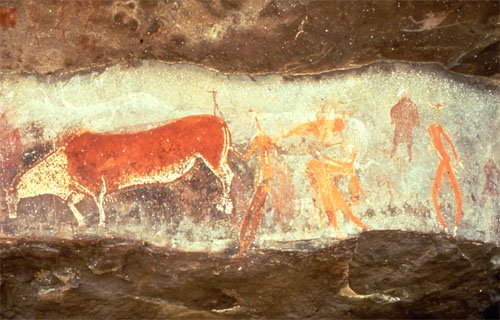
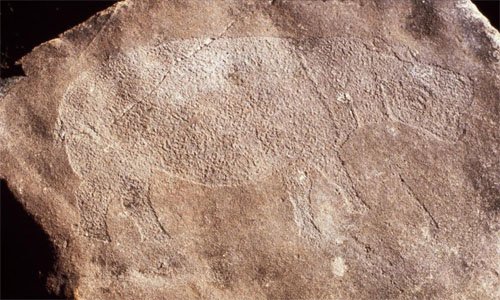
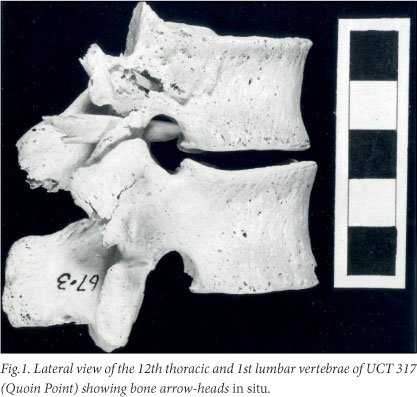
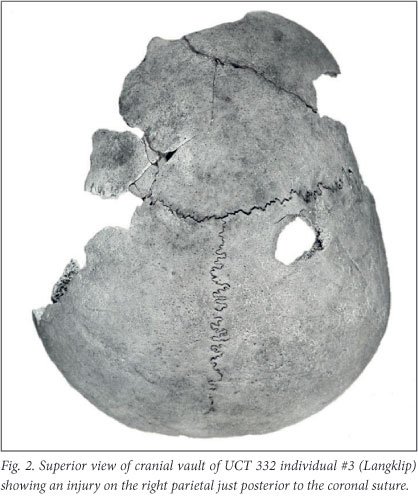
If only the rock art could talk. Very informative post. Thank you.
Thank you @doctorcrypto :)
@zest, you never cease to amaze me with your amazing posts. But I must say that I love this Rock Art so much....
I believe this work is original, @originalworks
The @OriginalWorks bot has determined this post by @zest to be original material and upvoted(1.5%) it!
To call @OriginalWorks, simply reply to any post with @originalworks or !originalworks in your message!
Thank you @pearlumie.
When are you going to do a post on the earlier stone age? Or have I missed it?
My interest has really been piqued and tilted towards archeology.
PS: my mum will be so proud, she's a historian.
I am sure she is proud of you whether you enjoy history or not. You are a great guy @samminator , glad to have you as a friend.
PS: I did cover Early Stone Age:)
Thanks a lot for your kind words @zest
I'm glad to have you as friend
Nice post..really😊😊
Thank you
Very cool post!
I've resteemed your post!
Resteemed and Upvoted by @resteemable

Resteemit.com By-donation Upvote & Resteem Service
Works on Any Steemit Article. Join the Trail
Nice post.
Hi @zest
Your works is very informative, I learnt one or two new things through them.
@dubem-eu
This post looks nice and good. I'll check it later. I want to capture every piece of it.
Hi @pearlumie, is this your second account?
Yes..How did you know? So fast